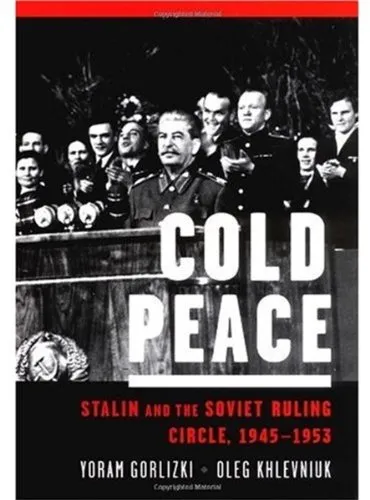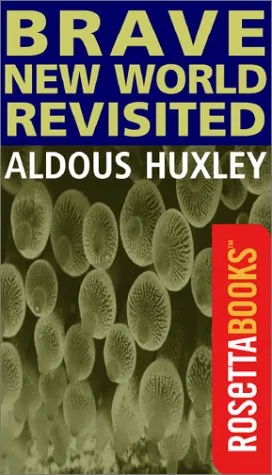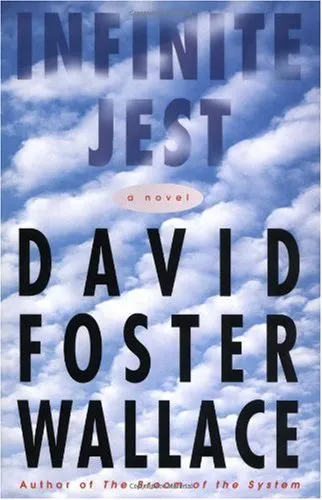Cold Peace: Stalin and the Soviet Ruling Circle, 1945-1953
4.5
Reviews from our users

You Can Ask your questions from this book's AI after Login
Each download or ask from book AI costs 2 points. To earn more free points, please visit the Points Guide Page and complete some valuable actions.Related Refrences:
Introduction
Welcome to the compelling narrative of "Cold Peace: Stalin and the Soviet Ruling Circle, 1945-1953." Authored by Yoram Gorlizki and Oleg Khlevniuk, this book delves deep into the intricate web of political dynamics, power struggles, and strategic maneuvers that defined the Soviet Union's governance in the crucial post-World War II era. This period represents a significant chapter in history, where decisions made behind the Kremlin's closed doors influenced not only domestic policies but also the global balance of power during the early Cold War years.
Detailed Summary
In "Cold Peace," Gorlizki and Khlevniuk meticulously unpack the complexities of Stalin's leadership during the last eight years of his rule. The book is an authoritative examination of the Soviet political landscape from 1945 to 1953, revealing how Stalin's decisions were shaped by both external pressures and his internal ruling circle. The authors provide a vivid portrayal of how Stalin maintained a delicate equilibrium of power within the Politburo and beyond, navigating through a post-war Soviet Union facing both reconstruction challenges and the emergence of the Cold War's ideological battleground.
The narrative highlights key figures within Stalin's inner circle, exploring how each played pivotal roles in shaping policies and influencing Stalin's strategies. Through archival evidence and scholarly research, the book offers insights into the personalities and intricacies of leadership and decision-making processes that defined this tumultuous period. The authors further delve into the role of bureaucratic institutions, party politics, and the overarching influence of Stalin's paranoid leadership style, which often resulted in purges and political repression.
Key Takeaways
- Understanding the mechanisms of Stalin's power: The book provides an in-depth analysis of how Stalin consolidated and maintained his authority over the Soviet Union during the post-war period.
- The impact of Stalin's policies on the Cold War: Insight into how Stalin's domestic and international policies contributed to the escalation of the Cold War.
- The role of the Soviet ruling circle: Exploration of the individuals within Stalin's inner circle and their influence on Soviet politics.
- Analysis of post-war reconstruction: A detailed examination of the Soviet Union's efforts to rebuild and modernize in the aftermath of World War II.
Famous Quotes from the Book
"The Soviet regime of the late Stalin years was a far cry from the homogeneous and monolithic portrait which so often features in conventional wisdom."
"Stalin's death deprived the system of its main element, leading to an immediate and profound transformation of political rules and mechanisms."
Why This Book Matters
"Cold Peace" is a vital contribution to the understanding of the Soviet Union's history and the global implications of its policies during Stalin's later years. For historians, political scientists, and anyone interested in Cold War studies, the book provides a comprehensive examination of a critical period. It challenges readers to rethink prevailing narratives about Soviet leadership and offers a nuanced perspective on how power was exercised and contested in the Soviet Union.
Through meticulous research, Gorlizki and Khlevniuk shed light on the complexities of governance under Stalin, offering a detailed account that is both enlightening and thought-provoking. The book is an essential resource for understanding how Stalin's strategic decisions shaped not only the destiny of the Soviet Union but also set the stage for the subsequent Cold War tensions that defined much of the 20th century.
Free Direct Download
You Can Download this book after Login
Accessing books through legal platforms and public libraries not only supports the rights of authors and publishers but also contributes to the sustainability of reading culture. Before downloading, please take a moment to consider these options.
Find this book on other platforms:
WorldCat helps you find books in libraries worldwide.
See ratings, reviews, and discussions on Goodreads.
Find and buy rare or used books on AbeBooks.
1351
بازدید4.5
امتیاز50
نظر98%
رضایتReviews:
4.5
Based on 0 users review
"کیفیت چاپ عالی بود، خیلی راضیام"
Questions & Answers
Ask questions about this book or help others by answering
No questions yet. Be the first to ask!




